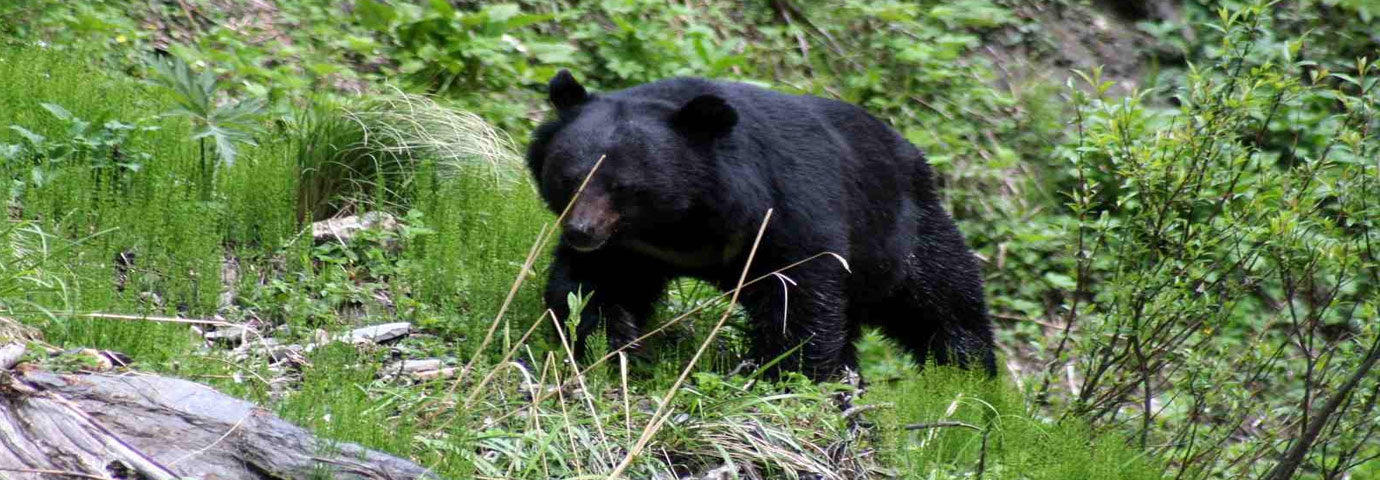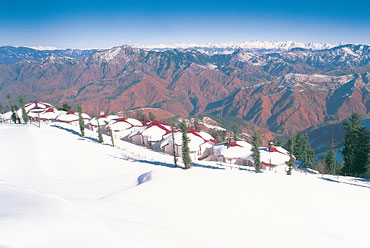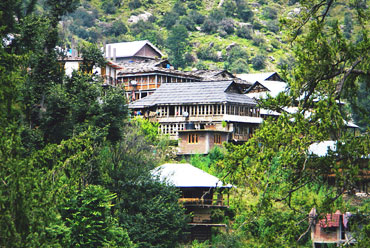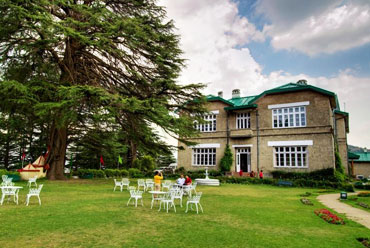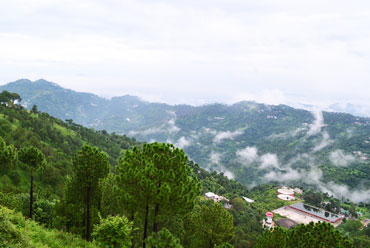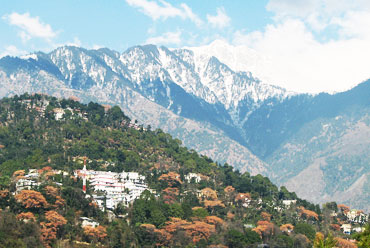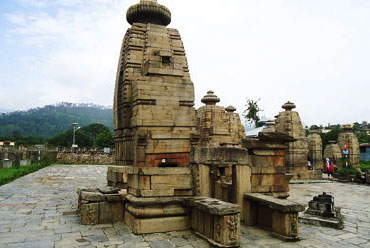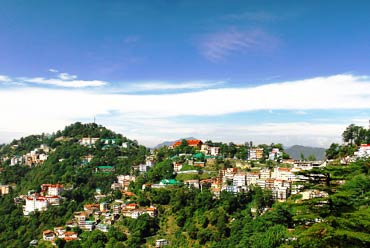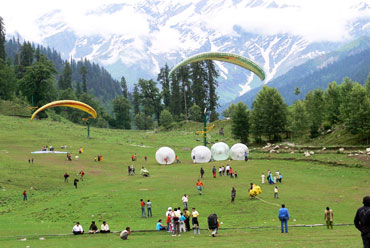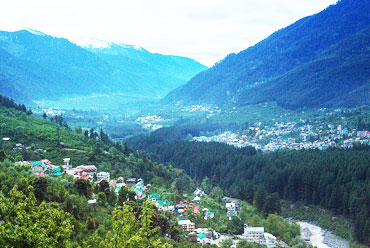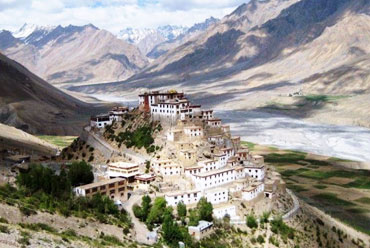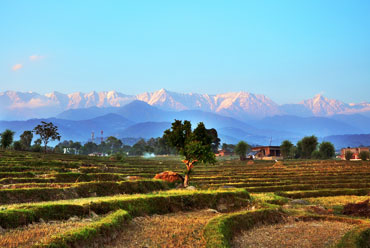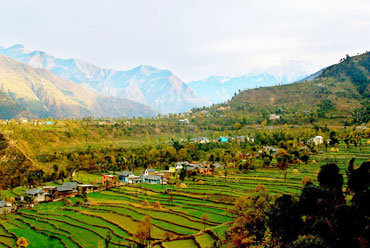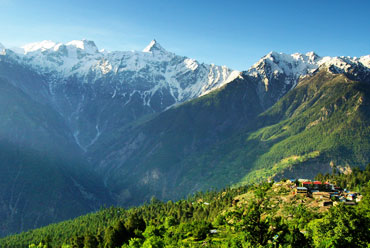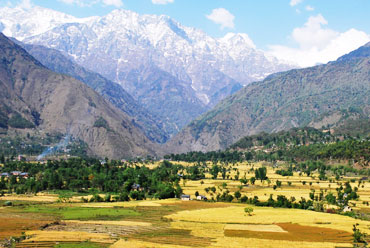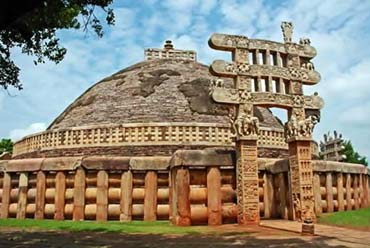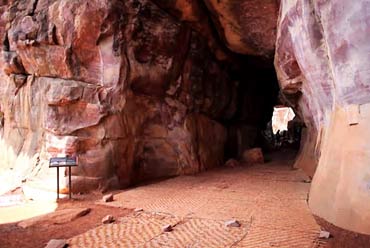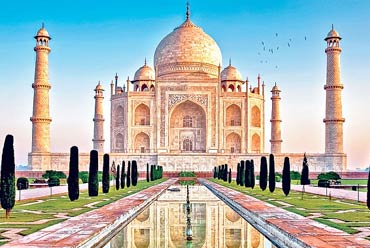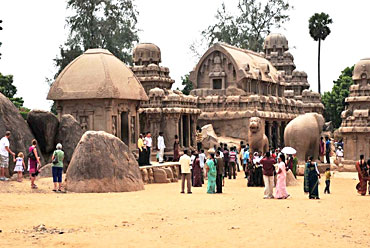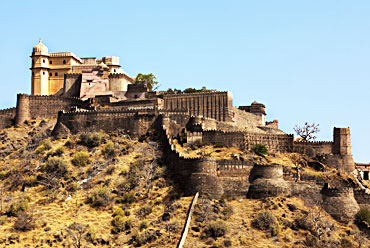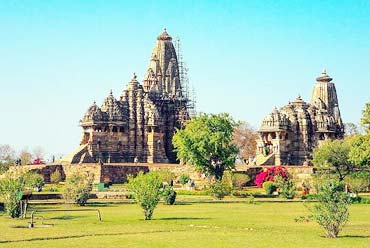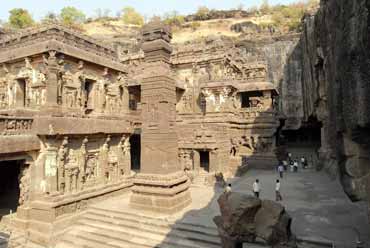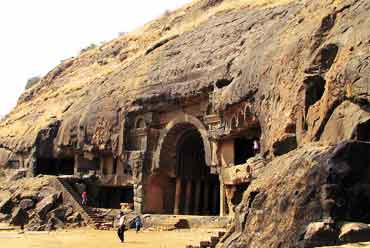Fast Facts
|
Area
|
754.4 sq km
|
|
Languages Spoken
|
Hindi, Himachali, English
|
|
Altitude
|
1,500 - 5,805 m above sea level
|
|
Rainfall
|
1,500 mm
|
|
Minimum Temperature |
-5ºC |
|
Maximum Temperature |
30ºC |
|
Best time to visit |
April to June, September to October |
Great Himalayan National Park is located in the upper ranges of Himalaya It is a kaleidoscope of alpine flora and fauna. A major part of the national park is permanently under glaciers and ice. It is one of the last undisturbed Western Himalayan ecosystems giving shelters to a diverse variety of wildlife and forests. The bewitching beauty of the park is a compliment to its biological richness. The park is home to rare "Western Tragopan" and 200 species of birds and over 30 species of mammals.
Also known as Jawahar Lal Nehru National Park, the region was notified as a national park in the year 1984 to save the endangered wildlife species of this Himalayan Ecosystem.
LOCATION
The park is located in the Seraj Forest Division of Kullu District in Himachal Pradesh some 60 km southwest of Kullu town. It is the southeast it is bounded by Rupi Bhaba Sanctuary in, Pin Valley National Park in the east, and Kanwar Wildlife Sanctuary in the North. On the geographical map, the park extends from the latitudes 31º38 - 31º55 North and 77º20' - 77º46 in the East.
FLORA AND FAUNA
Flora
The park vegetation is a diverse mix of Ban Oak Forest, Moist Deodar Forest, Western Mixed Coniferous Forest, Moist Temperate Deciduous Forest, Himalayan Alpine Pastures, and Rhododendron Scrub Forest. The area below 2,000 metres is dominated by blue pine (pinus wallichiana), and higher up by a broad broadleaved forest on sloping areas and fir (Abies pindrow) on the steep areas. Other vegetations are oak, blue pine, cedar (Cedrus), deodar, bamboo Arundaria spathiflora, Iris, Frittilaria, Gagea, Primula, and Taxus Baccata.
Fauna
The park has good wild population, especially of avifauna. The park has largest remaining population of Himalayan Tahr in Himachal Pradesh. Major wildlife species found in the park are Snow Leopard, musk Deer, Blue Sheep, Ibex, Wolf, Leopard, Rhesus macaque (Macaca mulatta), common langur (Presbytis entellus), Himalayan black bear, goral, muntjac, and serow.
Attractions
Three important pilgrimages exist in the vicinity of the park. Raktisar is the place where River Sainj originates; Hanskund is the origin point of the river Tirthan, and Sirikhand Mahadev, a lake on the southern border of the park.
Places Nearby
Kullu is a beautiful valley set amidst the Himalayas in Himachal Pradesh, famous for its annual Dussehra festival, handicrafts, and ancient temples. It is also nearest important town to the park at a distance of around 60 km.
Reaching There:
By Air: Nearest airport to Great Himalayan National Park is Bhuntar near Kullu at a distance of around 60 km. There are regular flights to Delhi operated by Indian Airlines.
By Rail: Joginder Nagar near Mandi is the nearest railhead for Great Himalayan National Park. There are regular trains from Joginder Nagar Railway Station to other parts of the country.
By Road: There are no direct roads that can make the access to the park easy. Two gravel roads from Ropa to Shangarh in Sainj Valley and from Gushaini to Ropa in Tirthan Valley that makes life easier for the visitors by taking them closer to the park.

